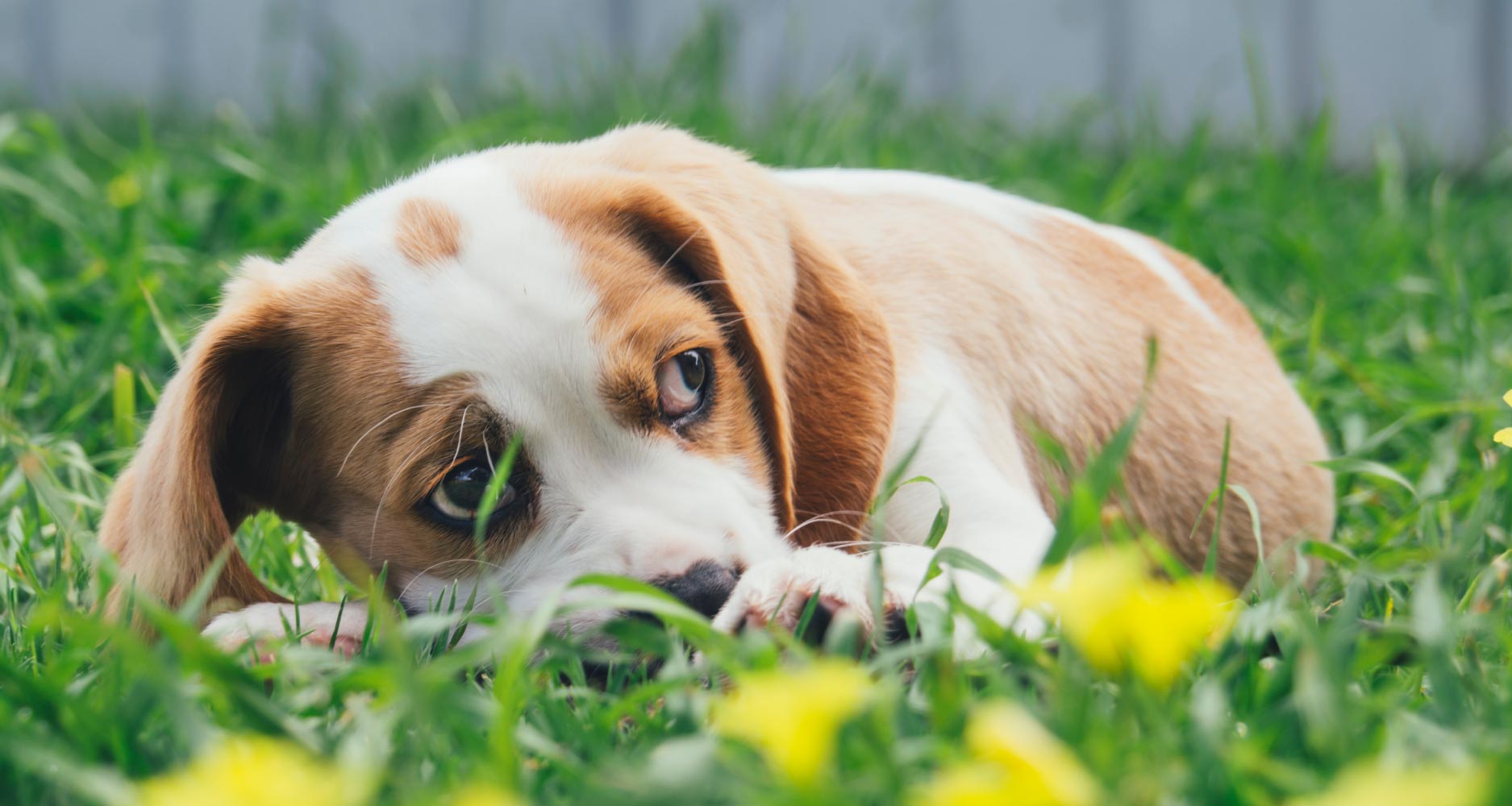
TRENDING

SIGN UP and Start Receiving
Our Monthly Newsletter,
The Chronicles
Negative Punishment for Dogs

Don’t let the word “negative” get to you. Read this important page!
Dogs need discipline. Some dog owners find negative punishment effective when it comes to correcting their dogs. It almost always works and it’s humane as well as safe. Plus: it can help with healthy communication and developing good behaviour.
Teaching your dog what type of behaviour is acceptable and what is not, is an important part of training that will make life easier for everyone in the future. Some actions you’ll find tolerable, while others, such as chewing and inappropriate urinating, must be met with discipline. Before you start correcting your dog, learn how to do it humanely.
POSITIVE VS. NEGATIVE PUNISHMENT
Correcting your dog is not done by slapping or hitting your dog. In fact, that’s known as “positive punishment” and can eventually lead to aggression. We recommend negative punishment which doesn’t rely on physical correction.
So, what do you do when Fluffy explores the garbage or turns your shoe into a chew toy? You take something away your dog enjoys. The value of the object is important here, so choose an item that means something to your dog. If he has a few balls, take the one he likes most or take a treat away. You’re trying to make a statement, without compromising the affection you share.
TEACH YOUR DOG “NO REWARD” WORDS
Negative punishment without verbal direction won’t work. Choose a word, for example, “nope” or “uh-uh”, and use this one, “no reward” word, before taking a high value item away. You, giving your dog attention, is also highly valued, so cease attention when bad behaviour is displayed.
Now, the next time your dog chews on something he shouldn’t, eliminates in the house, or doesn’t respond to a known command, use your “no reward” word and take something away or ignore him (turn around and withhold treats). You can even leave the room. For super naughty behaviour, have a safe penalty area ready and put your pup there, time-out style. Don’t forget to use your “no reward” word and keep timeouts under one minute.
TIMING IS VERY IMPORTANT
It’s very important to only punish your dog when you catch him in the act of misbehaving and that he understands what he’s being punished for. Keep “marking” the bad behaviour with your “no reward” word and your chosen correction, whether it involves the removal of an item or yourself from the room.
Ideally, in time, you’ll reach a stage where you only have to say “nope” or “uh-uh” and your dog will listen.
Trainers who make use of a positive reward system usually also opt for negative punishment. Speak to trainers if you need assistance or to discuss humane disciplining options.
Related Article
Negative Punishment For Cats Read Now













